Manufacturer: Gigabyte
UK price (as reviewed): £449.99 (inc. VAT)
US price (as reviewed): $449.99 (exc. tax)
There haven't been too many new X399 boards released despite a new range of Threadripper CPUs landing (with more to come), but both MSI and Gigabyte have decided to launch halo products that sit high above their other X399 boards, and today we're looking at Gigabyte's - the X399 Aorus Xtreme.
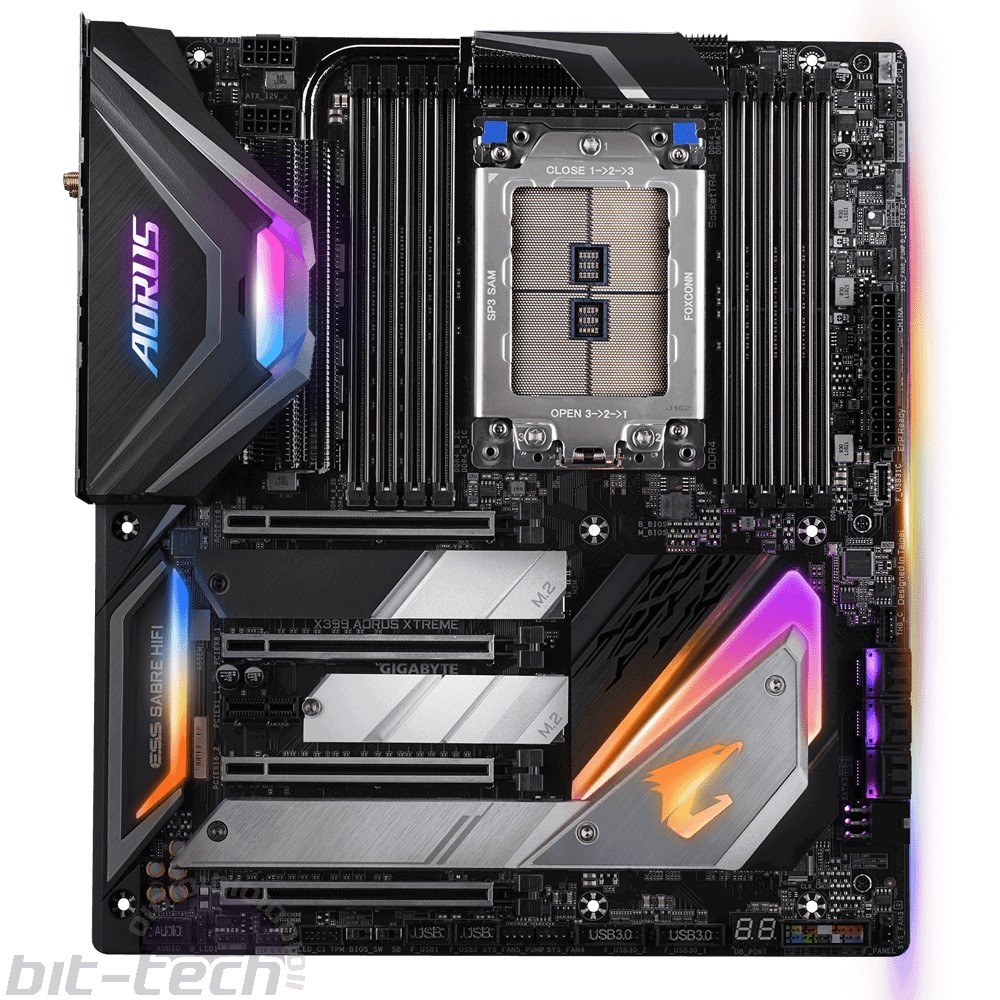
It's great to see that MSI and Gigabyte have opted for quite different approaches here, and both have plus and minus points. MSI's MEG X399 Creation wins on the power delivery with its 16+3 phase power setup; Gigabyte offers a 10+3 phase power design plus active cooling on the VRM heatsinks courtesy of two 30mm fans embedded beneath the I/O shroud that can also be controlled in the EFI and tune in to a VRM thermal sensor that's located, according to Gigabyte, at the hottest part of the circuit near the first and second phase MOSFETs. As you'd expect, the heatsinks here are connected using a heat pipe, so the whole array should benefit from this cooling, which is just as well, as the heatsinks are considerably smaller than those on the MSI board.
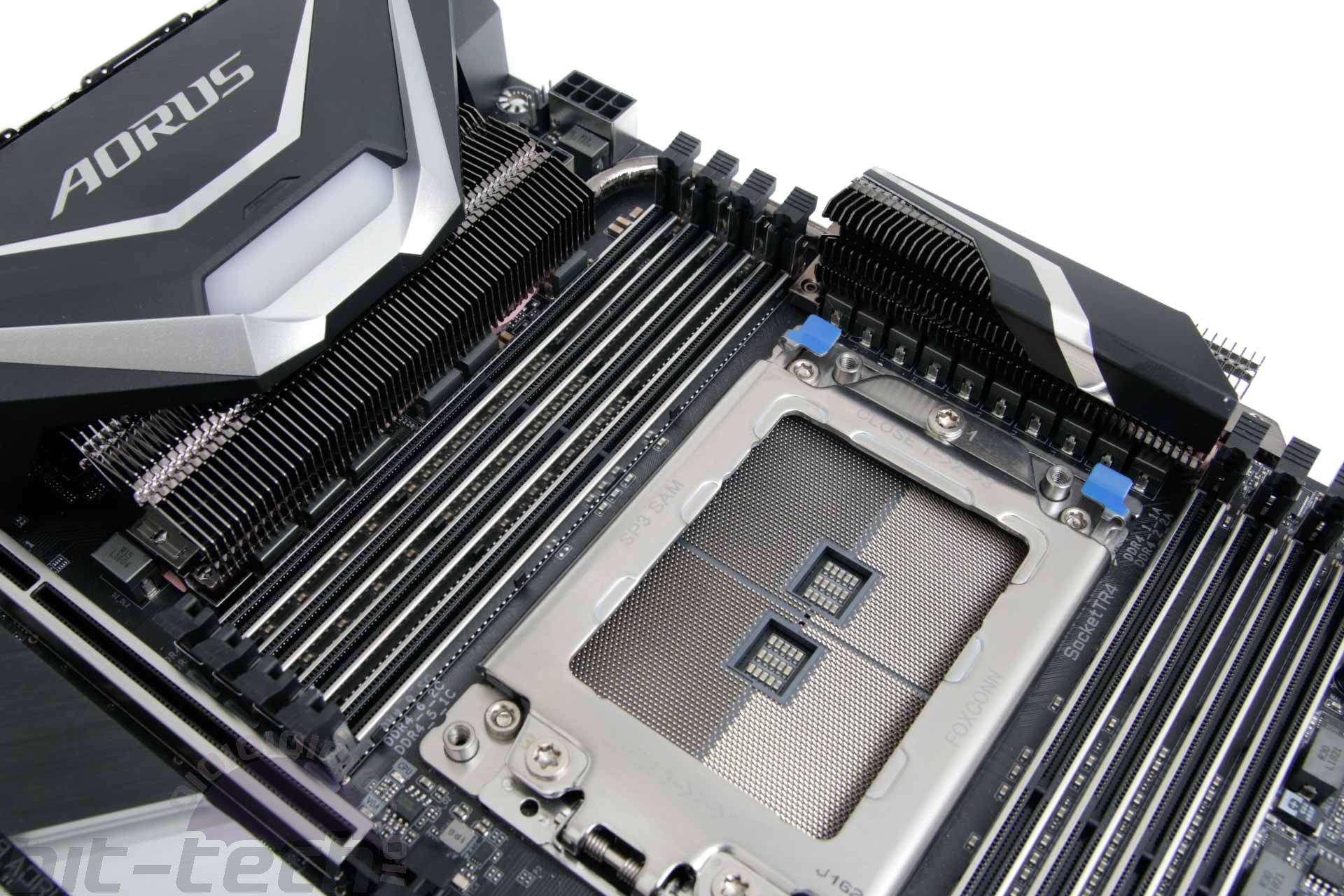
Sadly, Gigabyte has reigned in its RGB lighting compared to the X399 Aorus Gaming 7, as the DIMM slots and PCIe slots are no longer illuminated, which is a bit of a shame, as this has previously set many of its Aorus boards apart, even if you were left with a lasting reminder burned into your retina. This time there are various slivers of RGB lighting that splash colour over the I/O shroud, PCH and M.2 heatsink, and rear of the PCB. You might argue the board has grown up a bit, but we expected Gigabyte to go all-out here with something to put most Christmas trees to shame. Apart from numerous three-pin addressable and five-pin RGBW LED strip headers, the board isn't too dissimilar to MSI's and Asus' efforts here.
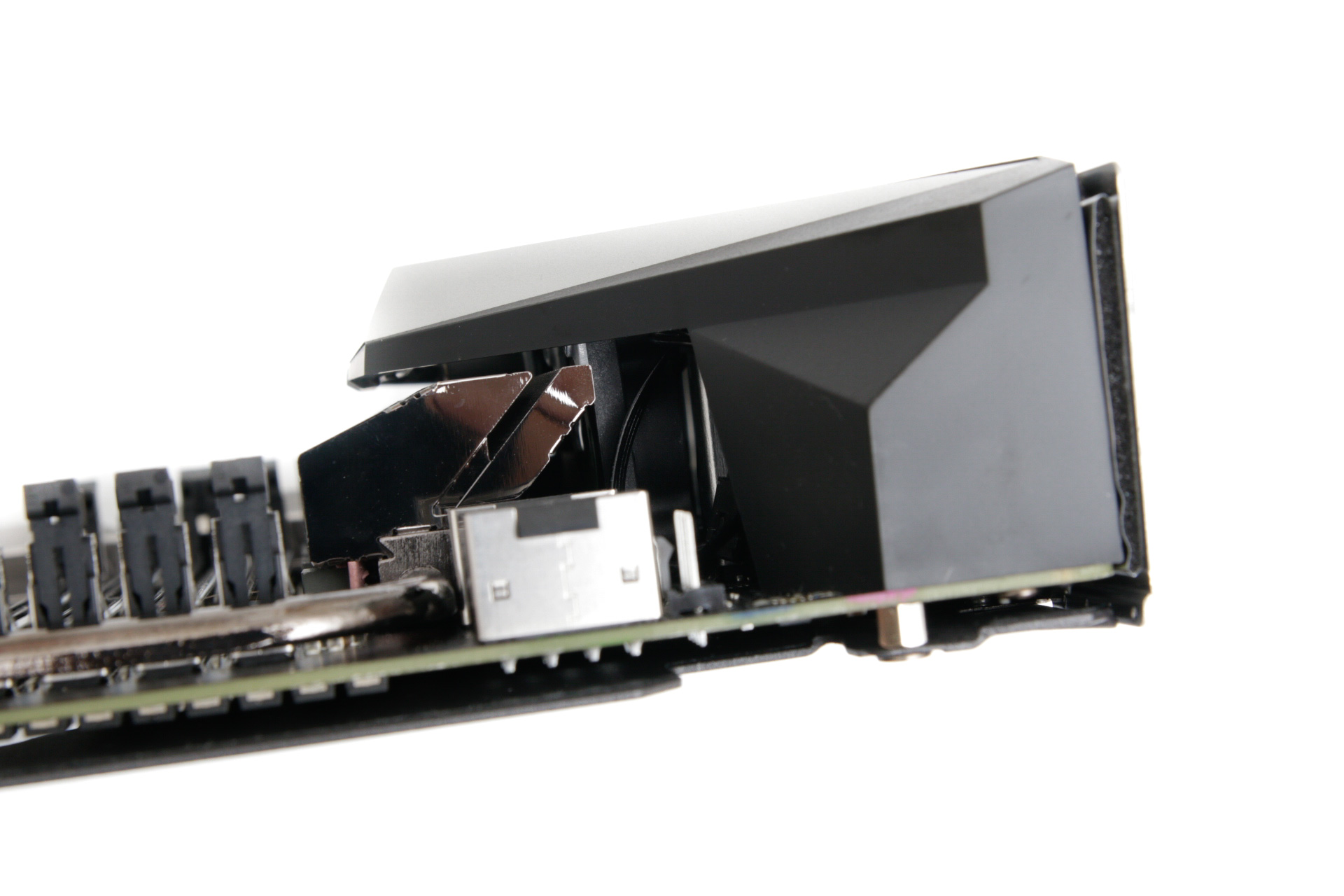
The two 30mm fans draw air from within the I/O shroud and then direct it over the VRM heatsink. We can certainly appreciate the concern anyone may have when it comes to noise, and they do make a noticeable din at full speed, but that only happens under very high and sustained CPU loads, although if you water-cool your PC, the slight whine and high-pitched noise they make may well become noticeable. You can't switch them off completely in the EFI, but you can prevent them from running up to around 84°C on the VRM sensor. We tried this and sure enough the load temperature topped 80°C using an external IR probe (Gigabyte's System Information Viewer was unfortunately refusing to work, so we couldn't use the VRM sensor itself for more accurate results) after five minutes under load, whereas forcing them to full speed limited the temperature to 68°C. However, setting them to the normal profile saw just a 4°C rise here as the fans gradually ramped up, offering the best noise-to-cooling ratio. However, you could argue that the MSI board didn't need fans, as its heatsinks are massive by comparison.
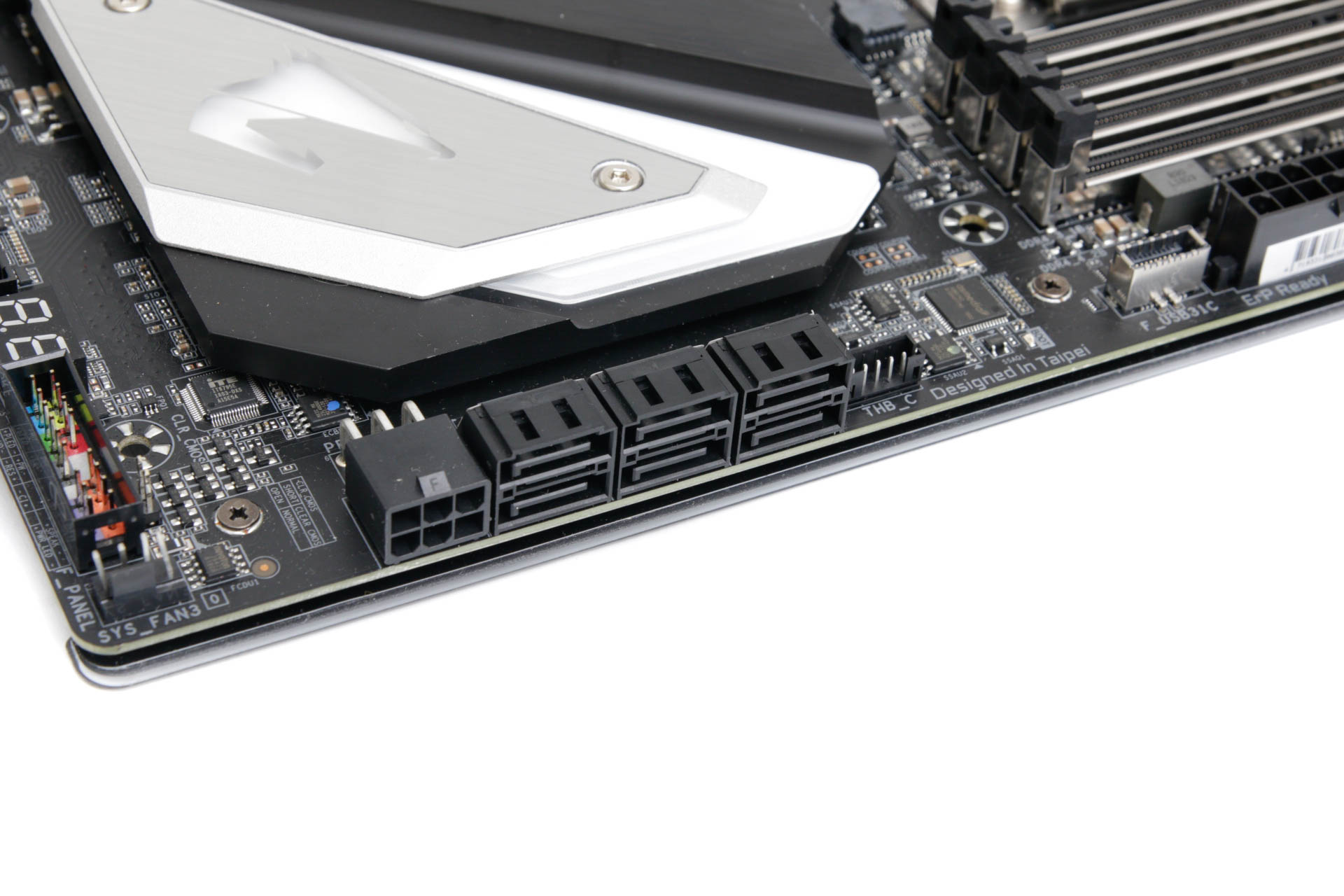
We're surprised not to see more SATA ports here, but the space has been claimed by a six-pin auxiliary power connector instead, which provides additional power to the PCIe slots for multi-GPU setups. The X399 Aorus Xtreme has an impressive array of USB ports, though, with a USB 3.1 Type-C header plus Type-A and Type-C ports on the rear I/O panel too.
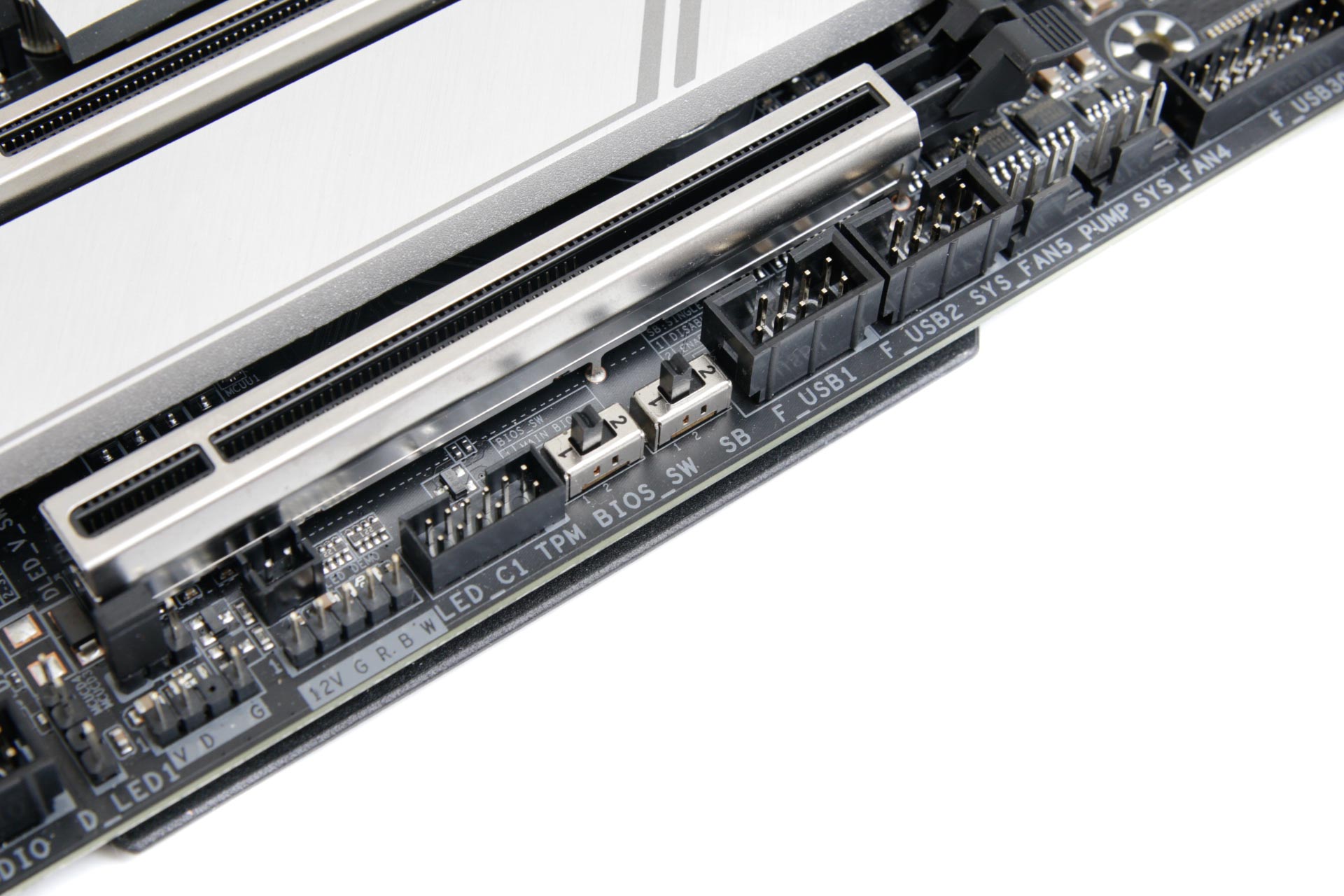
You get plenty of overclocking and testing tools including dual-BIOS switches and an LED POST code display. The CMOS clear button is also in a handy place on the I/O panel, so if once you've built your PC you need to clear the BIOS, you won't have to fiddle around inside the chassis. Not such a great addition in the same place is the onboard power button - we'd much rather have this on the PCB somewhere for out-of-the-case testing and benchmarking; it's not easy to reach where it is.
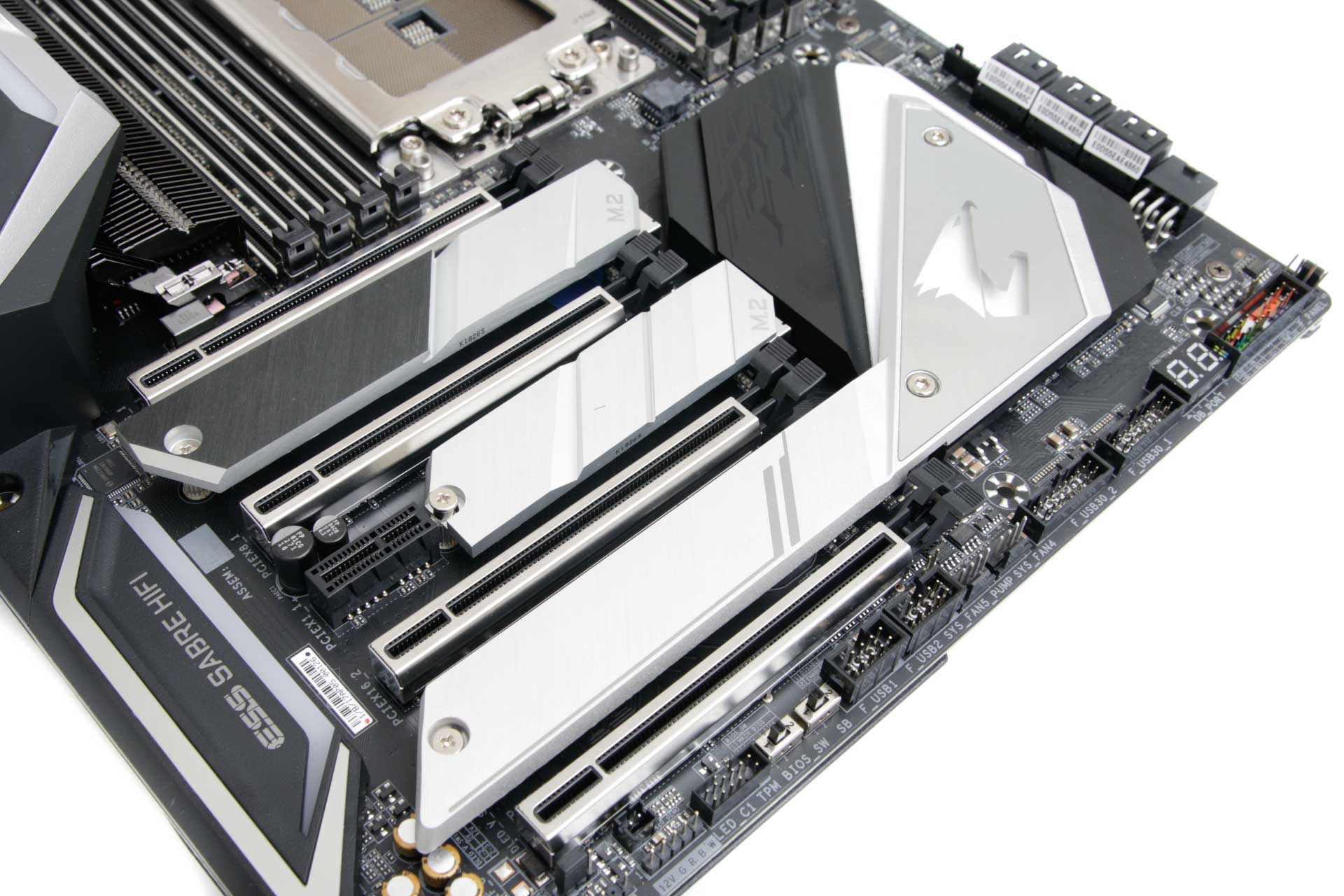
While MSI includes its crazy M.2 PCIe expansion card, Gigabyte limits out-of-the-box M.2 support to "just" three SSDs, but each slot provides full PCIe 3.0 x4 bandwidth plus SATA 6Gbps support. All three include hefty heatsinks, and the lower slot teams up with the PCH heatsink too. It knocked 18°C off our NVMe SSD's load temperature, and it's also located away from the CPU and primary PCIe slot, so it's definitely the first slot we'd choose.
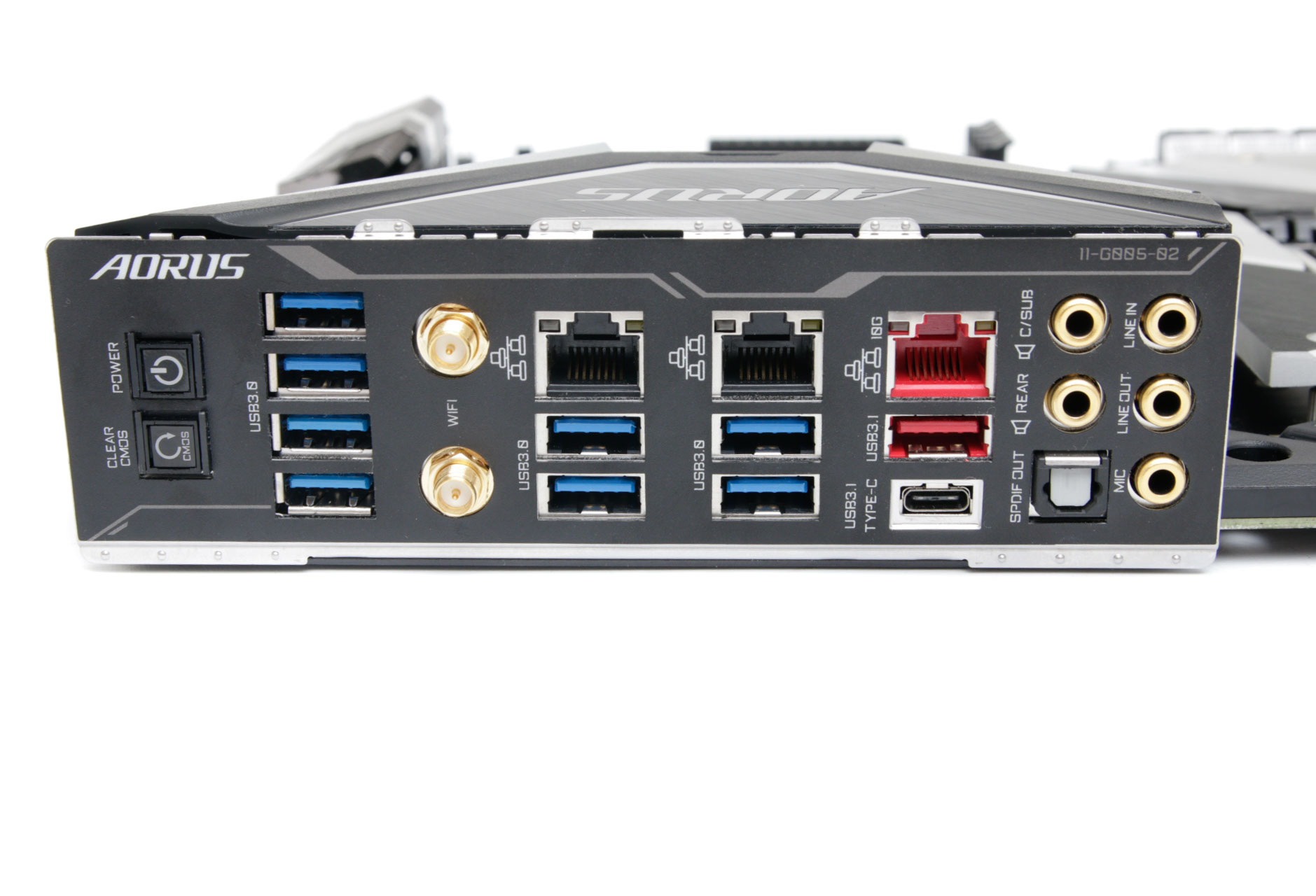
The rear panel is, as you'd expect from Gigabyte, clad in an integrated I/O shield and is devoid of USB 2.0 ports, dealing exclusively with USB 3.0 and 3.1. The trio of LAN ports might seem excessive, but like Asus, Gigabyte has included 10Gbit LAN support courtesy of an Aquantia controller. Pleasingly, this is integrated into the motherboard rather than an expansion card as with Asus. This does mean, though, that the accessory box is rather thin for a £450 motherboard, but you do get a Wi-Fi aerial, RGB LED extension cables, and thermal probe cables.
Specifications
- Chipset AMD X399
- Form factor E-ATX
- CPU support AMD Socket AM4
- Memory support Quad-channel, eight slots, max 128GB
- Sound Eight-channel Realtek ALC 1220
- Networking 1 x Aquantia 10 Gigabit Ethernet, 2 x Intel Gigabit Ethernet, 802.11ac Wi-Fi, Bluetooth 5
- Ports 3 x M.2 PCIe 3.0 x4 32Gbps/SATA 6Gbps (two up to 22110, one up to 2280), 6 x SATA 6Gbps, 1 x USB 3.1 Type-A, 1 x USB 3.1 Type-C, 1 x USB 3.1 header, 12 x USB 3.0 (4 via headers), 4 x USB 2.0 (4 via headers), 3 x LAN, audio out, line in, mic, Optical S/PDIF out, 2 x two-pin thermal probe headers
- Dimensions (mm) 305 x 269
- Extras RGB LED extension cable, 2 x thermal probes, magnetic Wi-Fi aerial, RGB extension cables, thermal probe cables

MSI MPG Velox 100R Chassis Review
October 14 2021 | 15:04

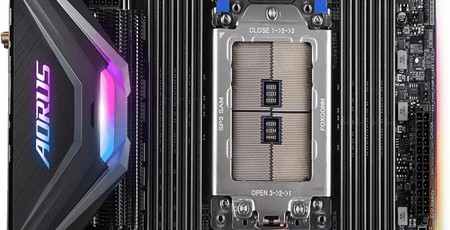
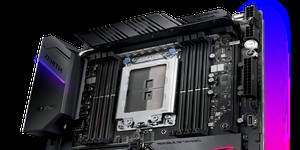
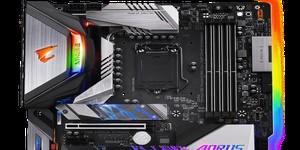
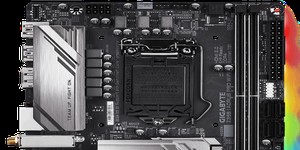




Want to comment? Please log in.